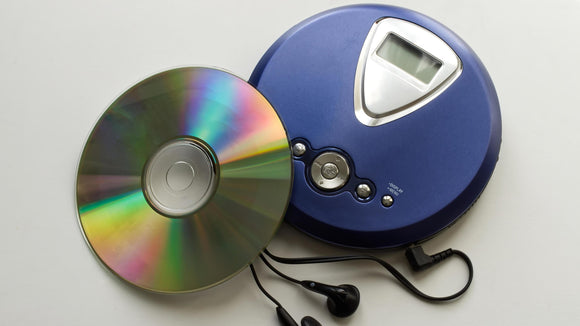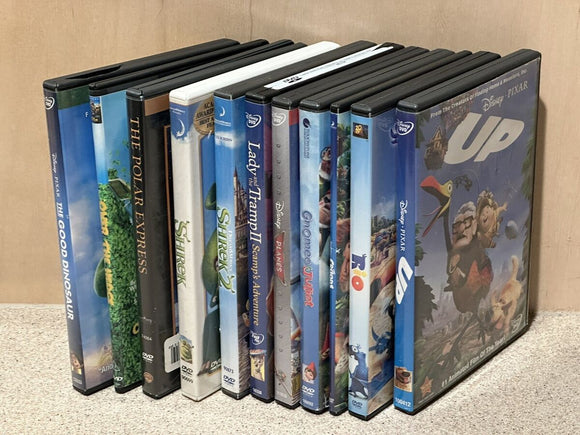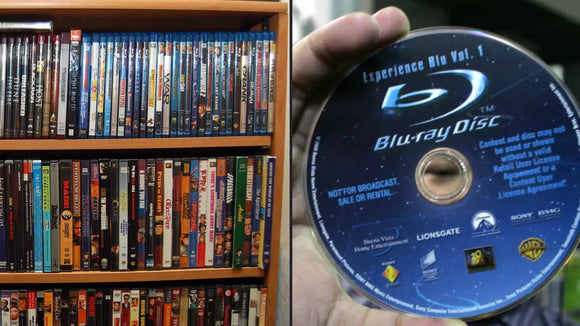Types of Discs – and How TDR Machines Can Repair Them
Not all discs are made the same. Over the years, disc formats have evolved from simple CDs to complex Blu-rays – and with each new design came new ways to protect the data stored inside.
Here’s a quick look at how each disc type is built, what can go wrong, and how Total Disc Repair machines can bring them back to life.

CDs – The Original Format
When CDs were first introduced, their construction was fairly simple. Each disc was made from a solid layer of polycarbonate plastic, with the data layer applied directly to the top surface. A thin lacquer coating – often printed with a label – protected that data layer.
This design worked well for audio CDs, where small scratches on the bottom side usually didn’t affect playback. However, the top label side was surprisingly fragile.
If a scratch reached the data layer underneath the label, that disc couldn’t be repaired – no machine can fix damage to the data itself.
But as long as the scratch is only on the underside (the clear polycarbonate), it can be fully repaired using a TDR machine.
Typical CD formats:
- Audio CDs
- Audiobooks
- CD-ROMs
- PlayStation 1 discs

DVDs – The Durable Upgrade
When DVDs came along, manufacturers improved the design by sandwiching the data layer in the middle of two layers of polycarbonate. This made the discs much tougher – scratches on the surface no longer touched the data.
Because of this, virtually all DVDs can be repaired using the disc repair process. The only common issue DVDs may develop is delamination – where the two layers start to separate near the centre hole. This is quite rare, but once it happens, it can’t be fixed.
Typical DVD formats:
- Standard DVDs
- PlayStation 2 discs
- Xbox 360
- Nintendo Wii
- DVD-ROMs

Blu-rays – High Definition, High Precision
As technology advanced and the need for more storage grew, Sony introduced the Blu-ray disc. The basic structure is similar to a DVD, but with two key differences:
- The polycarbonate layer on the bottom is much thinner, which allows more precise reading but limits the number of times a Blu-ray can be repaired – typically 10 to 15 times.
- The disc includes a hard-coated lacquer on the surface, designed to resist scratches. While this coating helps protect the disc, it’s not completely scratch-proof.
TDR machines can still repair Blu-rays effectively, removing surface damage and restoring clarity without affecting playback.
Typical Blu-ray formats:
- Blu-ray movies
- PlayStation 3, PlayStation 4
- Xbox One
In Summary
- CDs – Repairable if the data layer isn’t scratched.
- DVDs – Very durable and almost always repairable.
- Blu-rays – Hard-coated and thinner, but still repairable up to around 15 times.
Whether it’s an old PlayStation game, a favourite film, or a scratched audiobook, Total Disc Repair machines can restore it to a clean, playable condition. Our VMI Hybrid 2 and Eco Pro 2 systems are designed to handle all major disc types safely and efficiently – keeping your collection, shop stock, or library media in top shape.




